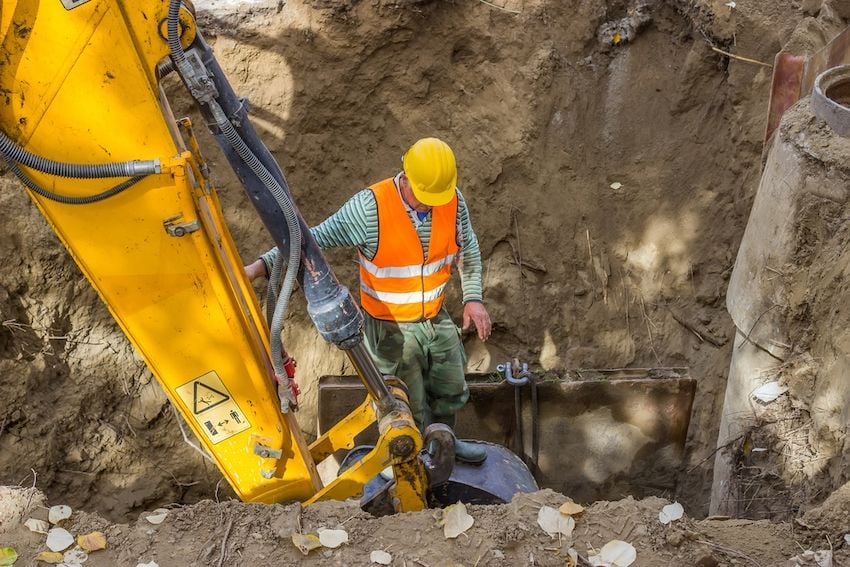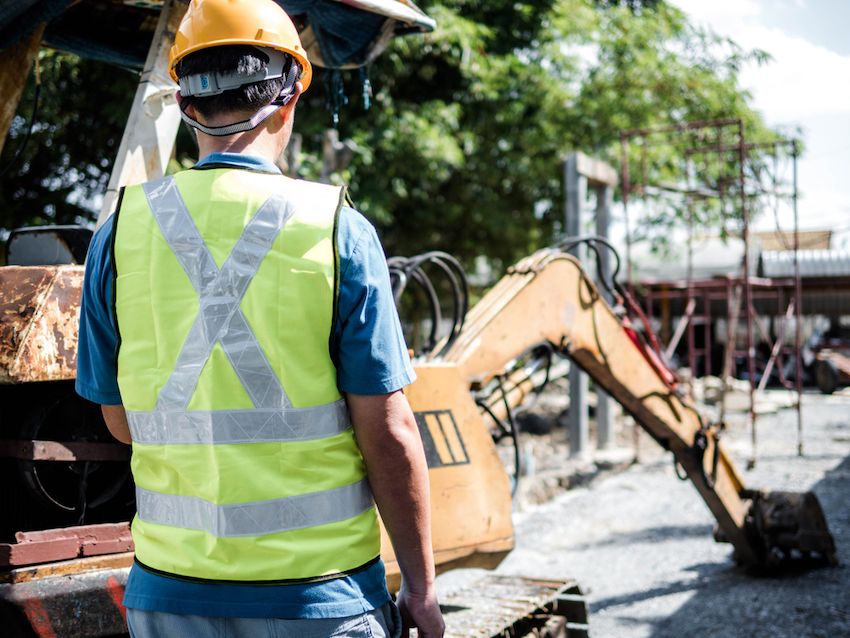2020 and 2021 have been record-breaking years for the U.S. housing market. Home prices and the percentage of homes selling above the asking price are at an all-time high, while the average time on the market is at a record low.
Supply, or lack thereof, is also setting records. According to Redfin CEO Glenn Kelman, inventory is down 37 percent year-over-year. The lack of available houses is causing some hopeful home buyers—the ones who can afford skyrocketing lumber prices—to build. Others are setting their sights on houses on the lower end of their budgets, many with plans to make improvements.
Although there isn’t a solid line that connects housing statistics to utility damage trends, there is evidence that a relationship between housing booms and excavation accidents—particularly those without 811 or one call tickets—exists. A professional construction company hopefully knows to contact 811 before digging, but a first-time homeowner might not. Even many long-time homeowners aren’t aware they need to contact 811 before putting up a mailbox, erecting a fence, or updating their landscaping. According to the Common Ground Alliance research report, just half of U.S. adults are aware of 811.
All of this new digging activity means gas, telecom, electric, and similar companies with underground facilities in hot housing markets should be prepared for a rise in utility damages. Here, we share where regional housing booms are happening and how utility companies can prepare for a rise in 811 ticket volume as well as no call excavation activity.
Regions where utility damages could rise
According to realtor.com, the top 20 hottest U.S. housing markets as of April 2021 are as follows:
- Manchester-Nashua, NH
- Concord, NH
- Lafayette-West Lafayette, IN
- Janesville-Beloit, WI
- Elkhart-Goshen, IN
- Columbus, OH
- Topeka, KS
- Portland-South Portland, ME
- Vallejo-Fairfield, CA
- Rochester, NY
- Springfield, OH
- Worcester, MA-CT
- Yuba City, CA
- Jefferson City, MO
- Springfield, MA
- Madison, WI
- Eureka-Arcata-Fortuna, CA
- Colorado Springs, CO
- Stockton-Lodi, CA
- Santa Cruz-Watsonville, CA
These regions are primarily concentrated in the Midwest and Northeast, with New Hampshire—the nation’s fifth smallest state in terms of area—taking the two top spots. A quarter of the housing markets are in just one state: California. Ten states in total are in the top 20 list: California, Colorado, Indiana, Massachusetts, Maine, Missouri, New Hampshire, New York, Ohio, and Wisconsin.
A Forbes list of 2020 hot housing markets included three Utah regions. Blue Stakes of Utah 811 ticket data shows a nearly 19 percent rise in ticket volume in the state from 2019 to 2020. Similar increases could happen in the 20 regions listed above—and that doesn’t account for excavations without corresponding 811 tickets.
How to prepare for a rise in 811 tickets and no call excavations
Utility companies have a limited number of human resources dedicated to underground damage prevention, so even a small uptick in 811 ticket volume could cause them to fall behind on marking facilities. Even when they follow best practices to a T, they can’t always depend on third parties to do the same. For example, excavators could start digging before the valid start date and time on a ticket, a practice responsible for nearly 10 percent of underground facility damages in 2019, according to the CGA.
Taking a risk-based approach to infrastructure damage prevention is the best way for utility companies in hot housing markets to prioritize risky 811 tickets and get ahead of excavation accidents. This often entails implementing damage prevention software like Urbint Lens for Damage Prevention, which reviews all 811 or one call tickets to find the riskiest ones, whether due to the likelihood of third-party errors or the large negative impact an excavation accident could have on the community. With this information, utility companies can prioritize certain sites for marking or send a staff member to meet with locators or excavators in person.
Urbint Lens for Damage Prevention also uses leading indicators to pinpoint where excavations are not reported, so utility companies can get ahead of excavation accidents by hyper-targeting their safe digging awareness campaigns.
Read: National Grid Reduces Damages by 22% in 1 Year
There is a great deal of speculation that a housing crash is imminent, but Bill McBride, an economics writer who predicted the 2007 housing crash, said he doesn’t anticipate housing demand to slow because Millennials—the largest U.S. generation group, according to Statista—will continue to want houses.
“In 2005, I had a strong sense that the hot market would turn and that, when it turned, things would get very ugly,” McBride told The Atlantic. “Today, I don’t have that sense at all, because all of the fundamentals are there. Demand will be high for a while, because Millennials need houses. Prices will keep rising for a while, because inventory is so low.”
Whether causation or correlation, a relationship between housing booms and utility damages exists. Utility companies that prepare for an increase in 811 tickets and no call excavations by implementing damage prevention software now will be ahead of future excavation accidents.
Request a demo of Urbint Lens for Damage Prevention to learn more about preventing utility damages before they happen.

